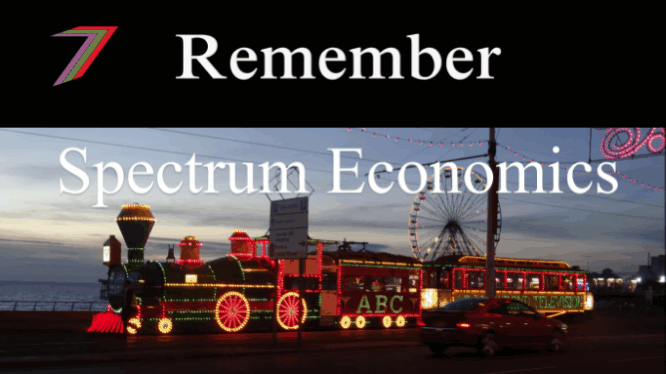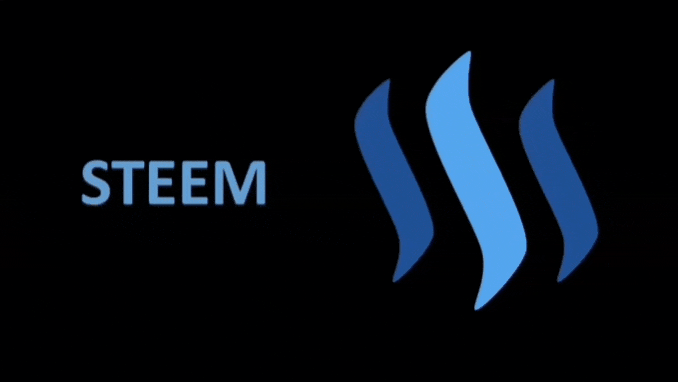
Buying and Selling Game Contest Christmas 2021 Edition – 50 Hive to be won
Hi Everyone,
In this post, I will describe my approach to economics and how I believe it should be taught to a broader audience. Economics is widely taught in high schools and colleges. Many university courses include economics as a first year unit even if the course has very little to do with economics. I think the inclusion of economics in most courses is a good idea but I do not think it is introduced in the most suitable way for most students. The subject is often approached using technical terminology and is disconnected to reality.
Below is a generic overview of how a typical economics course might be structured.
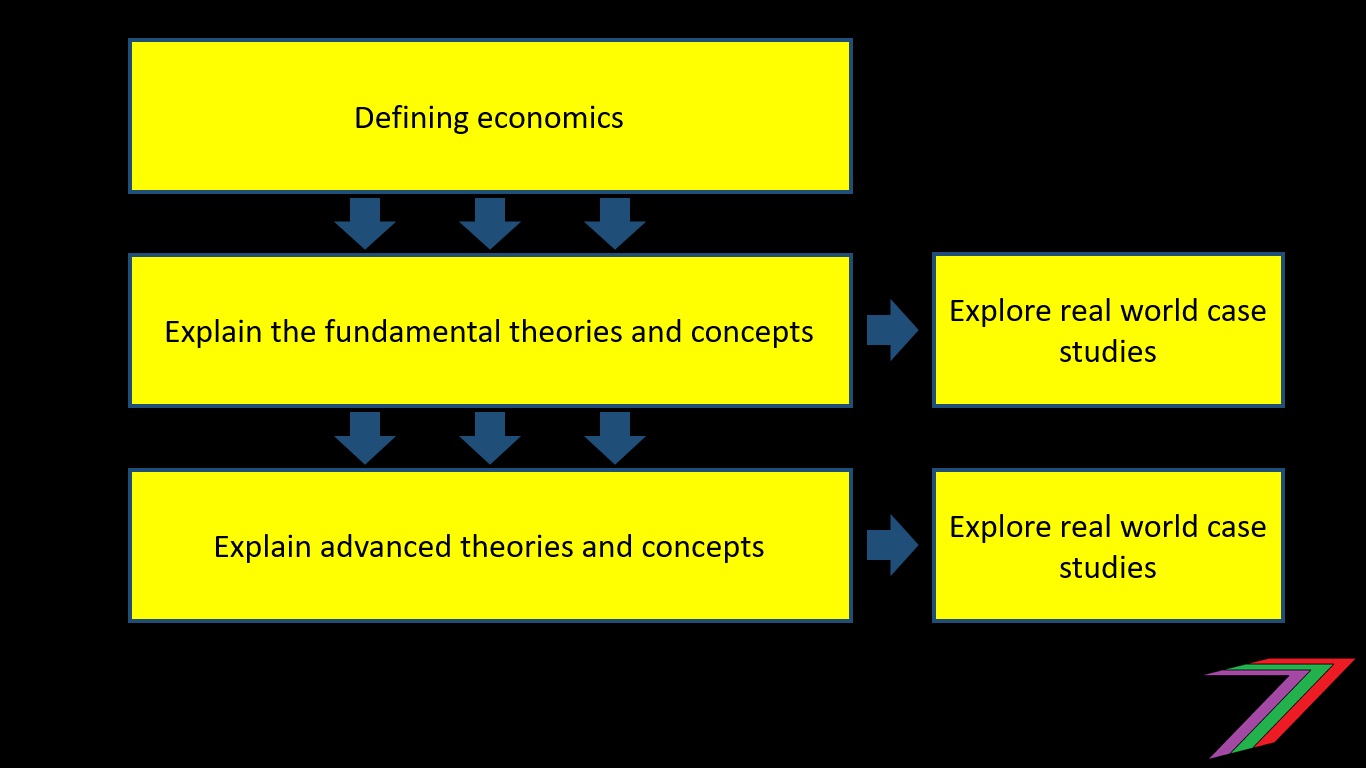
Note: This section of the post is based on my own opinions and observations regarding economics courses at various levels. I have experience learning economics based on syllabi from several countries as well as been exposed to courses that students that I have helped or coached in the past. I acknowledge that there are many course available and many not follow the pattern I describe in this post.
An economics course is likely to begin with an attempt to define economics. This would seem like a very good place to start. After all, how can we study something we have not defined? However, economics is a little different. There is a wide range of definitions. It seems the definition of economics is constantly evolving and growing. Some of the earlier definitions are focused on production and distribution of wealth. Later definitions evolved to focus more on social wellbeing. Several definitions focused on scarcity of resources. Some definitions preferred to look more closely at decision-making. Economics has become so broad that some believe it can include almost anything. Go to Wikipedia to get some idea of the variety of definitions for economics.
To begin an economics course or introductory unit with the definition of economics could create confusion for many students and possibly create some disinterest in a subject that could mean so many things.
After defining economics or concluding it cannot really be clearly defined, a course might progress into theory. Economics typically branches off into two main areas. They are microeconomics and macroeconomics. Microeconomics focuses on the smaller picture. It considers individual firms, markets, and consumers. Macroeconomics focuses on the bigger picture. It considers aggregates for industries, aggregates for the entire economy as well intervention strategies. Macroeconomics generally receives more attention in the media. Macroeconomic indicators such as inflation, unemployment, national income, trade deficit, national debt, etc. are reported and discussed. Both microeconomics and macroeconomics are supported by the same fundamental theories just on a different scale. These theories include demand, supply, and equilibrium; efficiency; choice; scarcity; and behavioural economics.
There is no problem with segregating economics into micro and macro as long as it clear that they support each other and feed into each other. Some courses are better than others at making that connection.
Some courses investigate real world application of economic theory and others do not. Based on my own observation, real life application is taught in the form of case studies. This could be a case study of a particular industry (microeconomics) or a particular policy action (macroeconomics). However, real world case studies are limited and are often taught later in more advanced classes. Lack of real life application of economic theory can create the impression that economics is something detached from the real world rather an integral part of it.
Economics courses typically assess understanding of the content using a combination of examinations, assignments, and projects. The weighting of these methods vary from course to course. Based on my own observations, I have found examinations are more heavily weighted. I will not debate the methods of various assessments but instead comment on the content of these assessments. Questions are typically geared towards explaining economic theory and expressing answers using economics terminology; this is particularly true for examinations.
Economics theory is important but it needs to be understood in regards to real world application. Many students adopt strategies of memorising particular economic theory as presented in textbooks with little attention to how each theory is applied to the real world. The emphasis on assessments for students to respond using economics terminology further compounds that problem as the focus becomes about remembering particular phrasing rather than understanding application. For some theory, it is very difficult to explain its application. This should be an indication to those designing the course that these theories should be removed from the core syllabus.
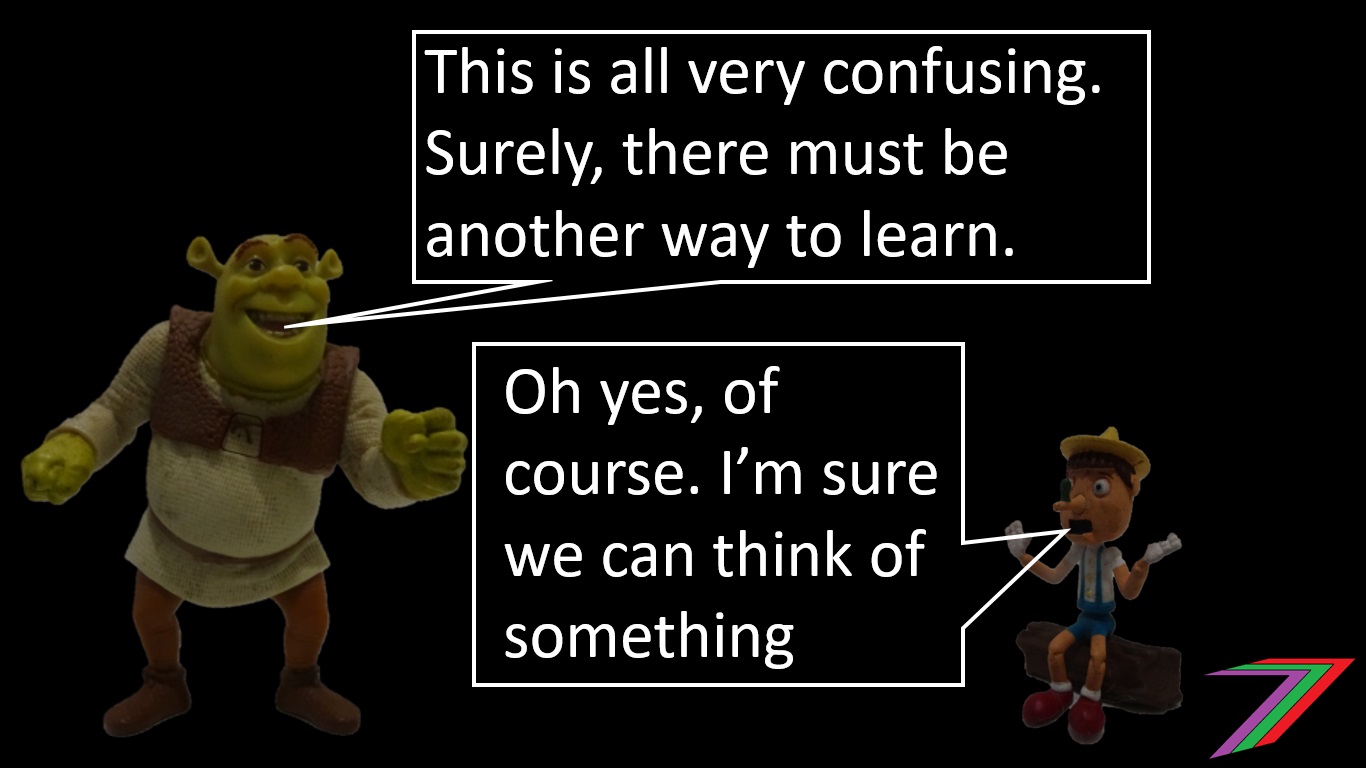
I want to propose a slightly different approach to teaching economics. I believe economics courses should target as broad an audience as possible. This is because economics is all around us. Our everyday lives are affected by economics. People even apply economic theory without even realising it. In fact, I believe economics courses should begin with real life examples of how we use economics in our daily lives.
Before I elaborate my proposed structure for an economics course. I have designed a very basic structure of what my economics course would look like; it is still a work-in-progress for now but represents the gist of how I believe economics should be taught.
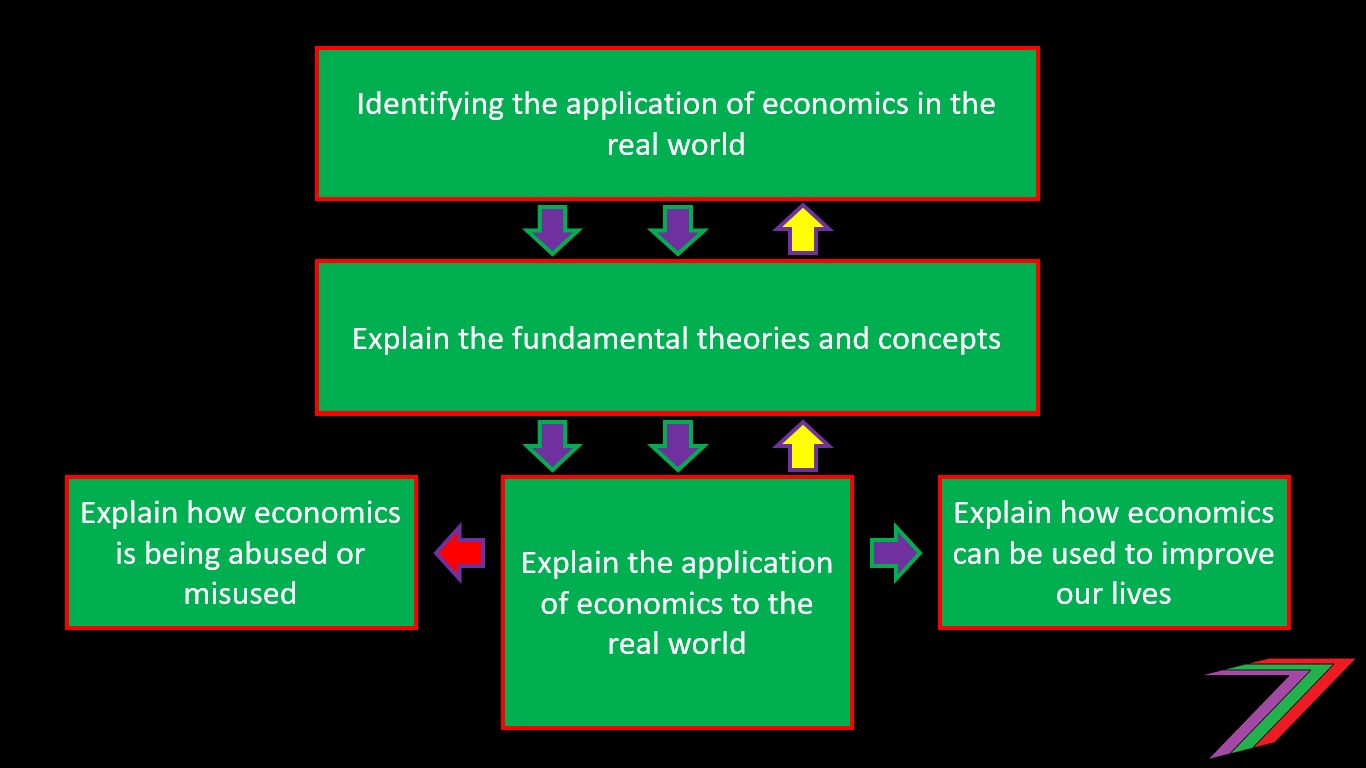
This is a simple structure to a course. As mentioned earlier, I believe a course should begin with identifying basic real world application of economics. For example, identifying how we apply economics to make daily decisions such as what to eat, how to get somewhere, simple purchasing decisions, and even decisions in the workplace. This section of the course could also explain how others are making decisions using economics. For example, lowering the price of a good to attract more customers. At this stage, theory should not be explained but implied so that it can be explained in the next section. This section of the course should be open for students to offer their own input for discussion. Student input is important to increase interest in the content of the course.
The next stage of the course should introduce the basic economic theories. The theories to approach first should relate to the real life observations made in the first section of the course. These theories should align with the planned examples but should also cater for any that may have become popular in discussion in the first section. The theories most likely to be explained are utility and choice, cooperation and specialisation, markets, fundamentals of money, demand and supply, and authority and government. I do not believe a split between micro and macro needs to be made at the beginning of the course. However, some topics will be more focused at either micro or macro levels.
Real life events described in the first section should be revisited in light of some of the theory discussed. Decisions that are made can be analysed to determine if good or bad practice of economics is being used. Students should be allowed to debate, which practices are good, bad, or somewhere in-between.
As the course progresses, more theories, which have real life application can be introduced. Microeconomics and macroeconomics can be more clearly defined and have their own sets of examples. Real life examples can expand beyond simple daily examples to include ones that are more sophisticated. These could include changes to income inequality, national debt, or marketing strategies. Theory and real application of the theory should be discussed backwards and forwards to maintain relevance.
When real life application is discussed, it should be in the context of when economics is being used to improve quality of life, when it is manipulated for the benefit of particular groups, or when it is simply just misunderstood. This section of the course should be open to ongoing discussions and students should be encouraged to raise their own examples.
The course can be further elaborated as shown below.
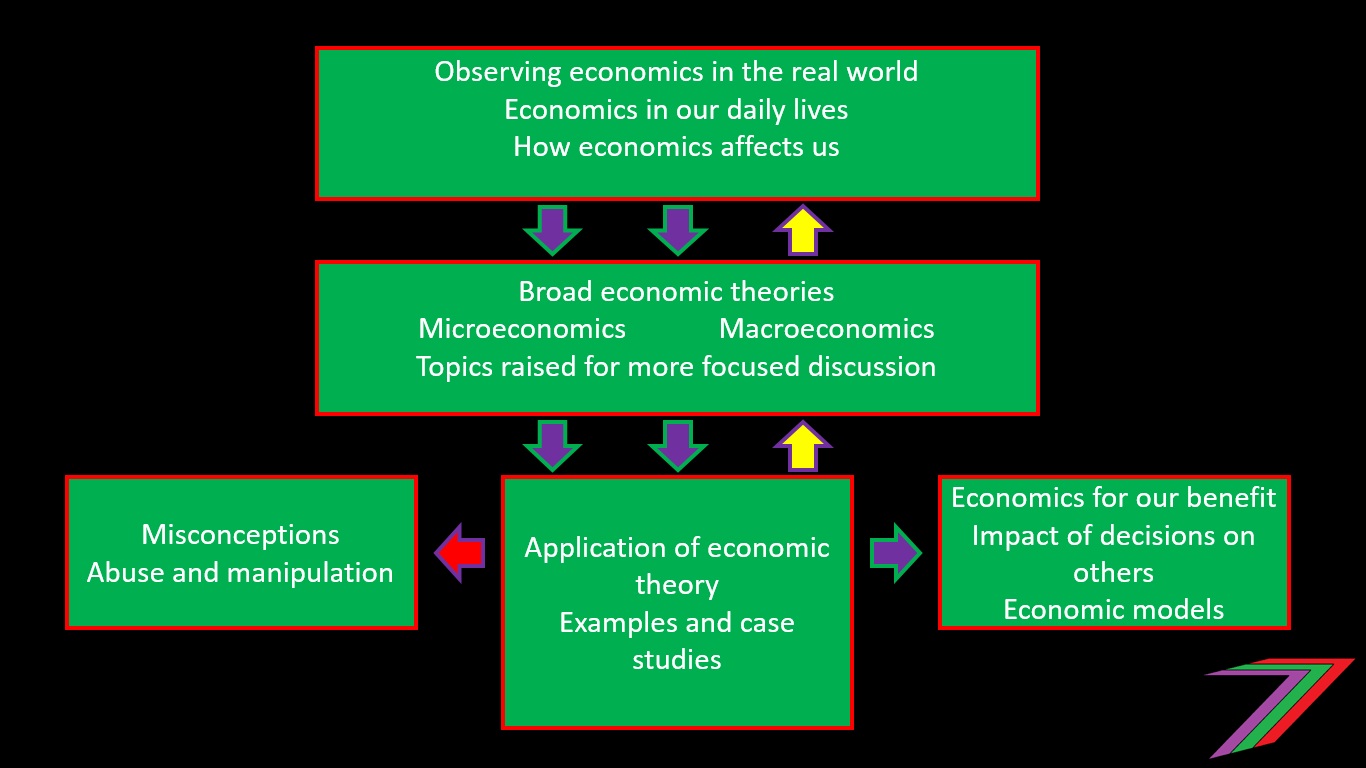
The structure can be applied to both basic and comprehensive courses. Basic courses would focus on identification of application of economics, broad theory, application of the theory and consequences. Comprehensive courses could focus more on uncovering more theory based on application as well focus on improved application of economics to improve quality of life.
The intended audience for my proposed course structure is anyone who wants to know about and understand economics. The course is not necessarily intended as an academic or profession course. However, this type of course structure should be quite valuable and applicable for someone who wants to study to become a professional economist or wants a job that requires knowledge of economics.
On Steem, I have a combined over 350 written and video posts. Many of these posts can be used as reference material for the course structure outlined in this post. In the diagram below, I have inserted my content into the respective boxes. Several of my posts overlap into a few boxes as they contain both theory and real world application.

I have also organised my posts into topics in three ‘content library’ posts that I frequently update. I provide the links to these posts at the end of this post. I did not include microeconomics as a topic as I have many microeconomics posts across many areas. For example, market structures, utility theory, and game theory can be categorised as microeconomics topics.

There are many possible approaches to assessment. I generally do not consider examinations a good approach. However, assignments can be problematic in ensuring work is original and projects (group) can be difficult to assess as different team members apply different amounts of effort and quality.
I believe any assessment should be focused on understanding the application of economics to the real world and not on memorising concepts, theories, and terminology. At the moment, my best idea regarding assessment would be an approach similar to the 6-week challenge I organised in 2018. Each challenge required the participant to address particular criteria laid out in the question. Some questions required participants to relate to personal experiences while other questions set up hypothetical scenarios for the participants to describe a particular response. Questions 1 and 2 were open-ended questions regarding managing budgets and time. Questions 3 to 6 focused on particular tasks based on hypothetical examples. Question 3 (buying and selling game) has been adapted into a challenge series.
The differences between my proposed course and courses that I have observed can be described in Table 1.


This course could be delivered in several ways. Teaching in colleges and schools would be great but unlikely in the near the future as the structure is significantly different to what existing established courses offer. A most likely first step would be to create this course as an online course. The course could initially target people that want to know more about economics to improve their own lives or obtain greater understanding of the world. If the course becomes popular, it could be used to target people seeking academic or professional qualifications.
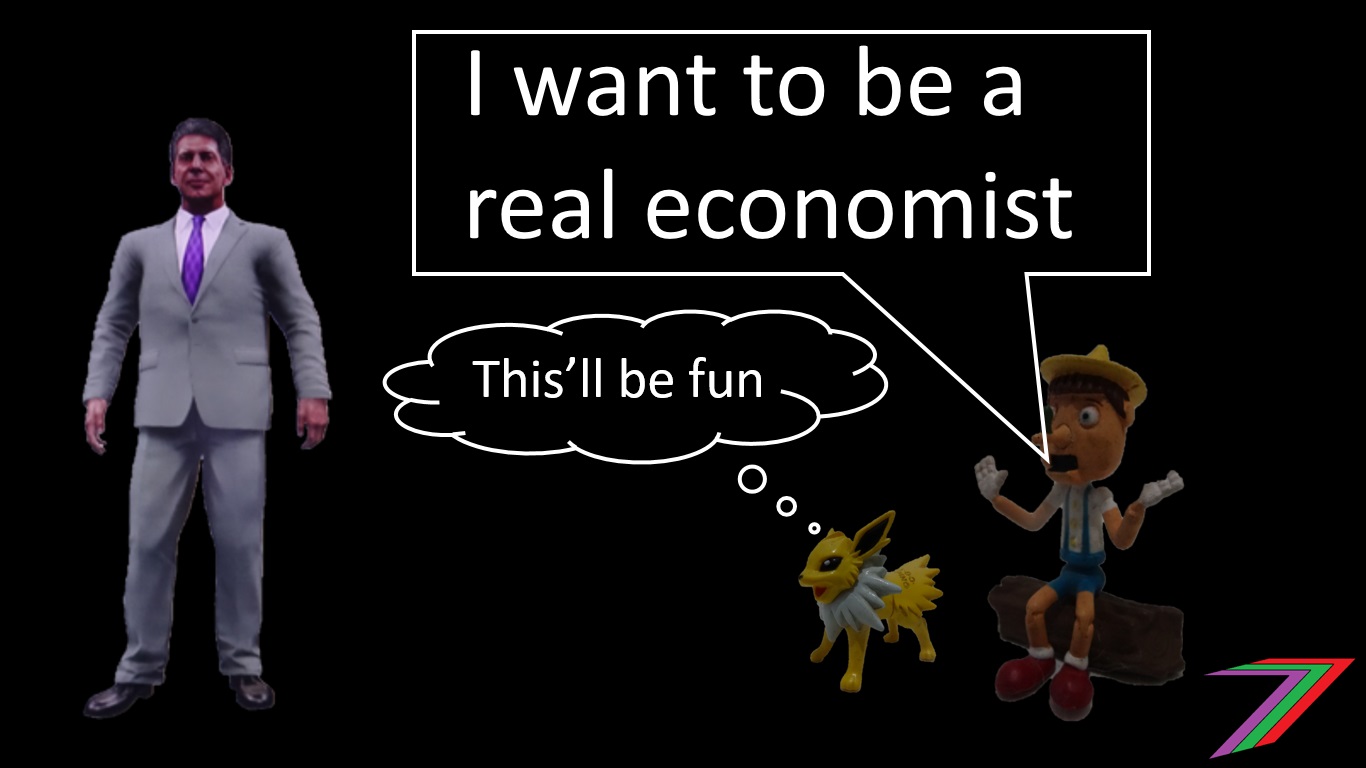
There are many ways to approach teaching a subject. I believe the existing approaches to teaching economics do not provide students with sufficient reference to the real world. Theories are often taught in isolation and appear to have next to no real world application. Economics terminology can often be bombastic and difficult to learn; this takes emphasis off true comprehension of economics concepts and application. The above can make economics uninviting and unappealing to most people. Many would study economics, as it is a core part of their university curriculum rather than because they see real value in the contents.
I believe the course structure I am proposing can address the above-mentioned problems. It can also attract a new audience who simply want to improve the quality of their own lives with good application of economics. The course can also highlight many of the real world abuse and misuse of economics. I often describe economics as a double-edged sword as it can be used to greatly benefit as well as deeply hurt society.
If you want to read any of my other posts, you can click on the links below. These links will lead you to posts containing my collection of works. These posts will be updated frequently.



